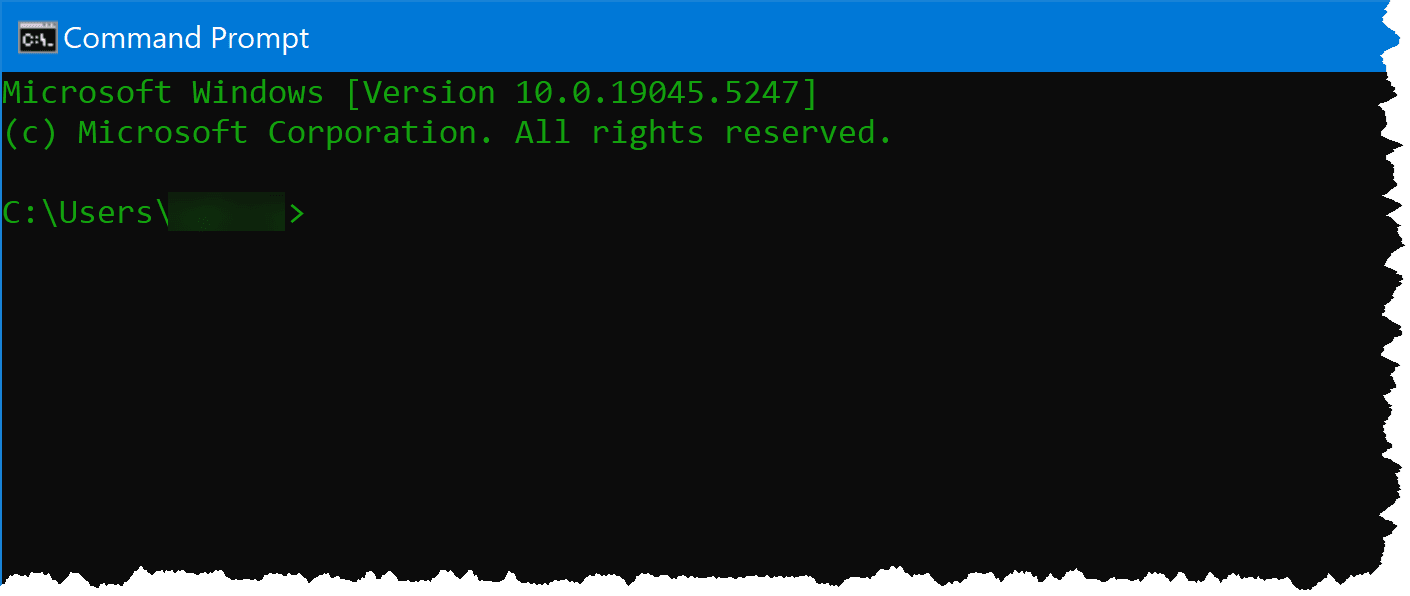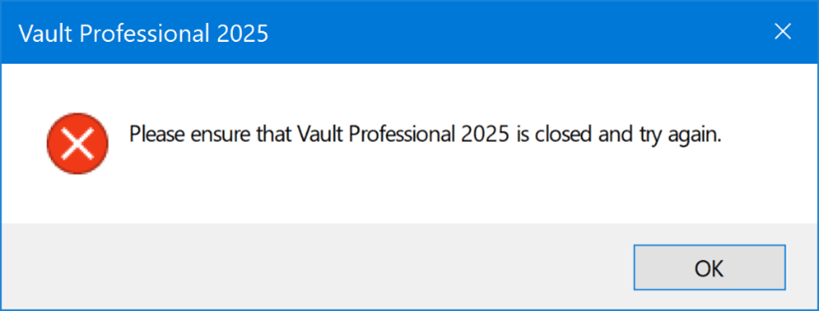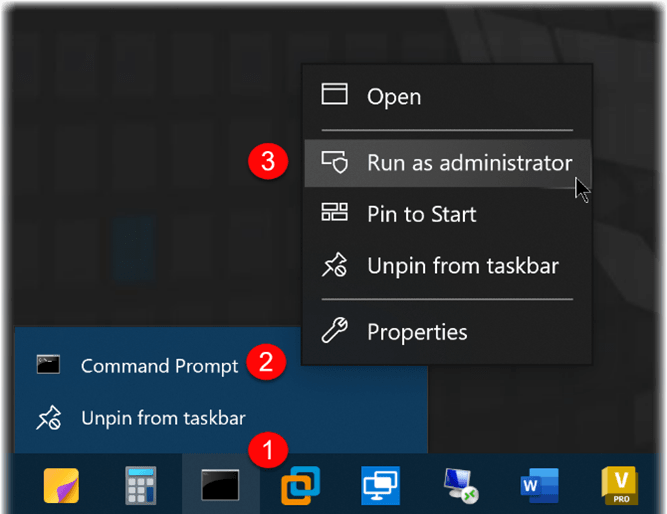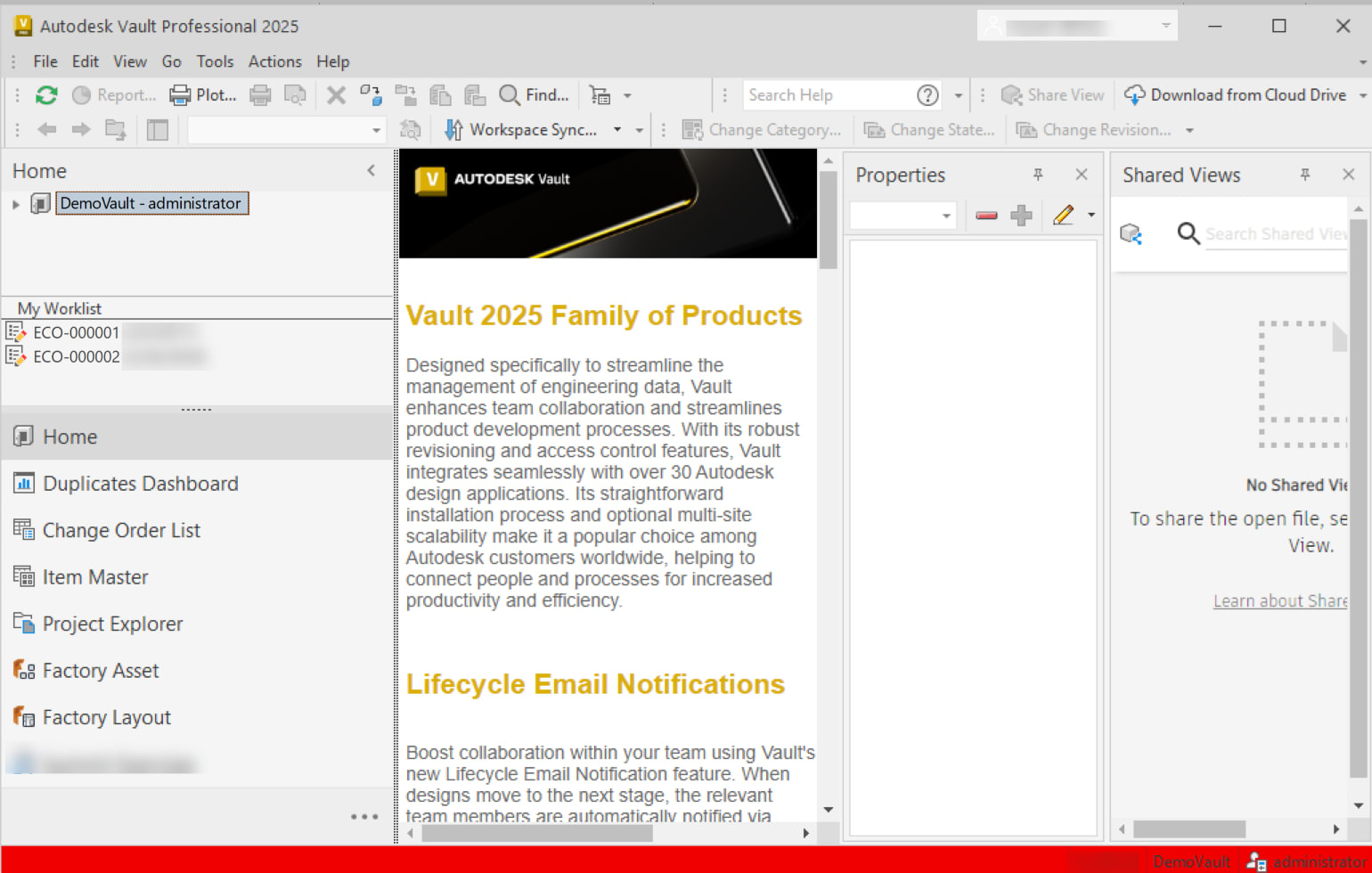Issue:
Occasionally, for various reasons, you may need to delete your local Vault User Profile. For versions of Vault prior to 2025, this had to be done manually by navigating to the folders stored in your roaming profile in the hidden “Appdata” folder. While this was not difficult, some users were not comfortable doing this or may miss some of the recommended folders when removing them, which would lead to an incomplete solution.
For Vault versions 2024 and earlier, you would use the instructions in the following Autodesk AKN article to manually remove/reset the local Vault User Profile (this method still works for 2025 and later versions as well, if you prefer):
Solution:
New for Vault 2025 is the ability to reset the local Vault User Profile by using the Windows Command Prompt. This provides a faster and more consistent approach since it does not rely on the user to manually remove multiple folders, which is prone to human error. There is a basic description of the capability in the following link, but I wanted to provide some clarification and elaborate on the process to make this as easy as possible.
Also worth noting, this was originally added as a command for resetting the Vault dialog locations in case they have been lost offscreen, but resetting the Local Vault User Profile can address a variety of problems, not just missing dialogs.
https://help.autodesk.com/view/VAULT/2025/ENU/?guid=TBS-DIALOGS-NOT-ON-CURRENT-SCREEN
To clarify the steps in the linked article, I’ve added some additional information.
The first thing I’d like to clear up is that the “command line utility” being referred to in the article is the Windows Command Prompt.

Second, although many of you may be familiar with running commands from the Windows Command Prompt, I’m sure some of you are not, so I’ll include all the necessary steps.
To start, you will want to be sure that all Vault Clients (Vault Explorer, Inventor Vault Addin, AutoCAD Vault Addin, etc.) are closed. If you don’t, then you will receive the following error message:

After you have ensured that all Vault Clients have been closed, bring up your Windows Command Prompt. I would suggest that you run this as an Administrative Command Prompt to ensure that the process is able to run with elevated permissions. Shown below is one way to run the command prompt with elevated permissions. I keep mine pinned to my task bar so I can just right-click on it, then right click again to get the option to “Run as administrator.” You may also do this by bringing the Command Prompt up from the Windows Search or whichever method you prefer.

Once the Administrative Command Prompt is running, you will want to change the directory to the path for the “Connectivity.VaultPro.exe”. That command for Vault 2025 would be:
“cd C:\Program Files\Autodesk\Vault Client 2025\Explorer”

After the correct directory is displayed, then you will run the following command: “Connectivity.VaultPro.exe ResetAllClientSettings”

Once the command has run successfully, you will not receive any notice of completion in the Windows Command Prompt.

However, after the command has completed, a new instance of the Vault Explorer will automatically start up and if the process was successful, it should appear as it did upon first install.

About the Author
Follow on Linkedin More Content by Heath White






















